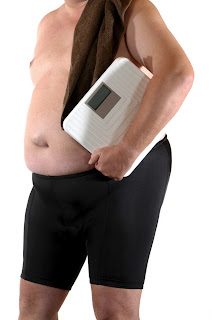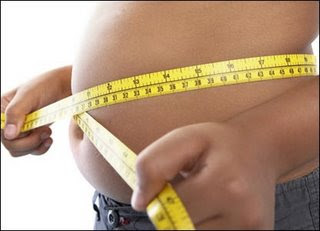
Not too long ago, obesity was viewed mainly as a cosmetic problem. The purpose of dieting was to maintain your appearance. Exercise was a way to tighten your stomach and thighs. As a last resort, there were always doctors, although they were seen as suspicious.
In just the last few years the medical view of excess body fat has undergone a major change. It is now known to be a public health problem of the same magnitude as smoking. Government statistics list overweight as the second-leading cause of preventable death in the United States, after smoking, increasing the risk for a variety of serious diseases like heart disease, stroke, gallbladder disease, and several forms of cancer — overweight and its more severe form, obesity, cause 280,000–325,000 deaths in this country each year. For many people, losing weight is a struggle for survival.
The dangers of being overweight have come to light at a time when the rates of overweight and obesity are skyrocketing. More than half of all adults in the United States are overweight, and 26% are obese — an increase of more than 50% in the last three decades. Obesity rates are dramatically rising among children, too, a bad sign for the future health of our population.
If there is one thing to be learned about obesity it’s that it can be controlled and it can be stopped. I think it’s important to know that there is no rocket science involved in it. With all the health, fitness, and diet books, and commercials on television about it and all the medical documents it can appear complicated, but it really isn’t. We need to go back to a simpler time, and take the time to be more active and learn the self discipline to eat healthier foods. It can feel satisfying emotionally and physically to eat unhealthy, but we have to train ourselves not to do this. If not for ourselves, for the sake of our children, and in the long run it feels much better to eat right.













